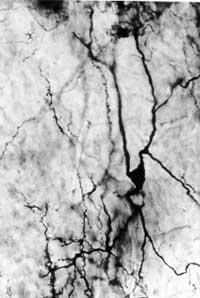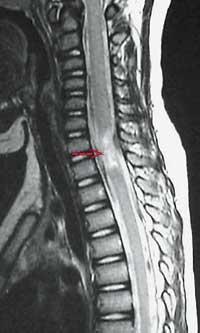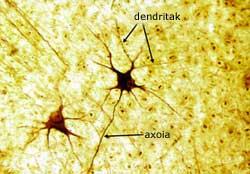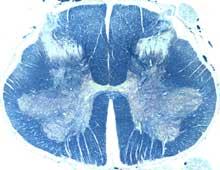Axon regeneration
2001/11/23 Galarraga Aiestaran, Ana - Elhuyar Zientzia
After so many years, when damage has occurred away from the brain, most researchers felt that it was impossible for axons to reach the first. Agents that prevented the regeneration of the axons were also detected: inhibiting molecules, astrocytes and the absence of neurotrophins. However, if the affected nerves were far from the brain, they could not connect.

Now, however, the team led by Solon Thanos of the University of Münster has shown that adult neurons have the ability to regenerate axons at long distance. The experiment with the mouse has allowed to join two simple surgical operations and recover the functionality of the previously cut optic nerve.
Another previous experiment consisted of cutting the optic nerve of the mice and creating a gap around damaging the cells of the area. Then the nerve ends are sewn. Normally the nerve does not recover, but it seems that when the wound is greater, a good condition of regeneration of axons is achieved. For his part, Thanos, in his research last year, injured the lens after the suture of the optic nerve, discovered that the inflammation caused the growth of the axons. But in both experiments, axon regeneration was done at a short distance.
Recent research is an important step. However, it has limitations: the technique cannot be used in the spinal cord; although the axons are extended to the brain, they remain mixed and do not reach the right place. Therefore, it is important to detect and identify the agents that appear when the lens is injured in order to use it in other situations.

Gai honi buruzko eduki gehiago
Elhuyarrek garatutako teknologia






